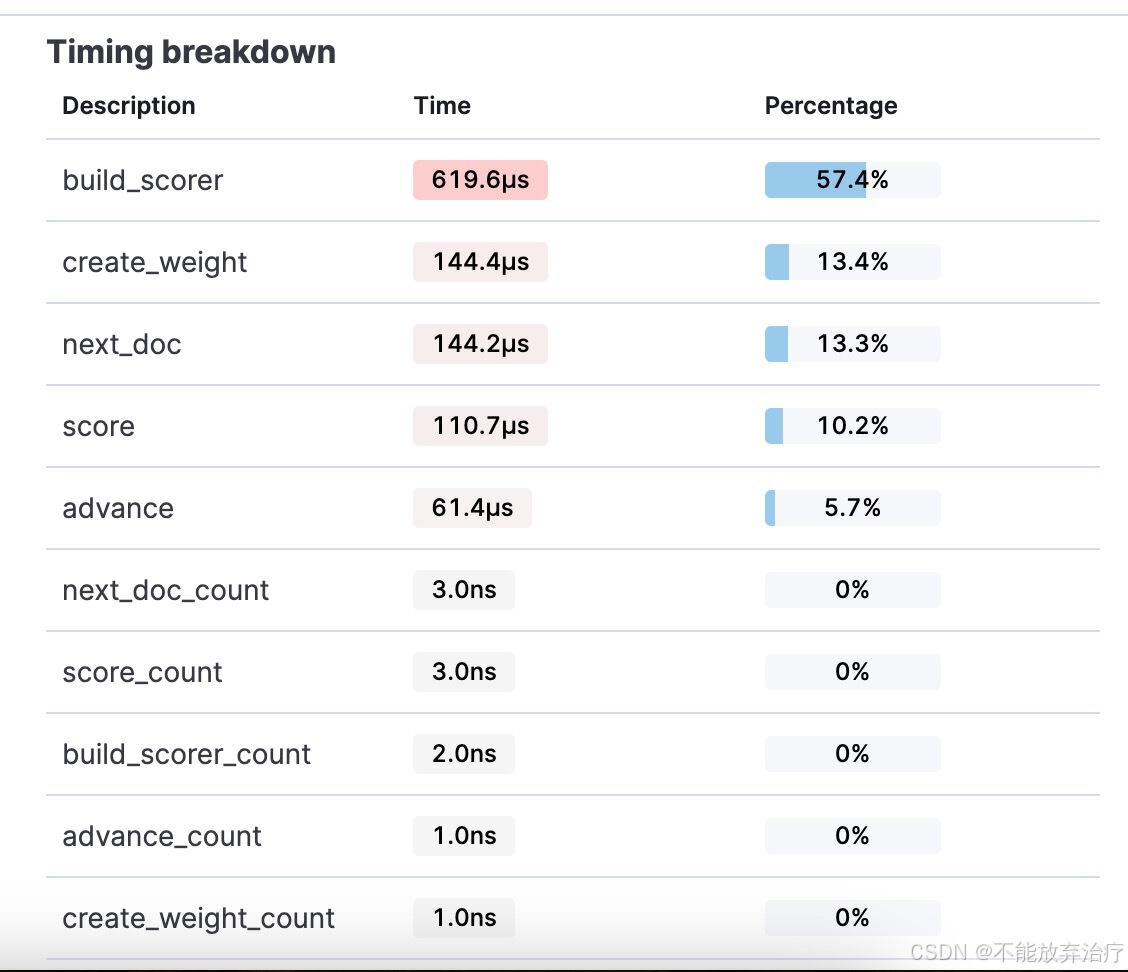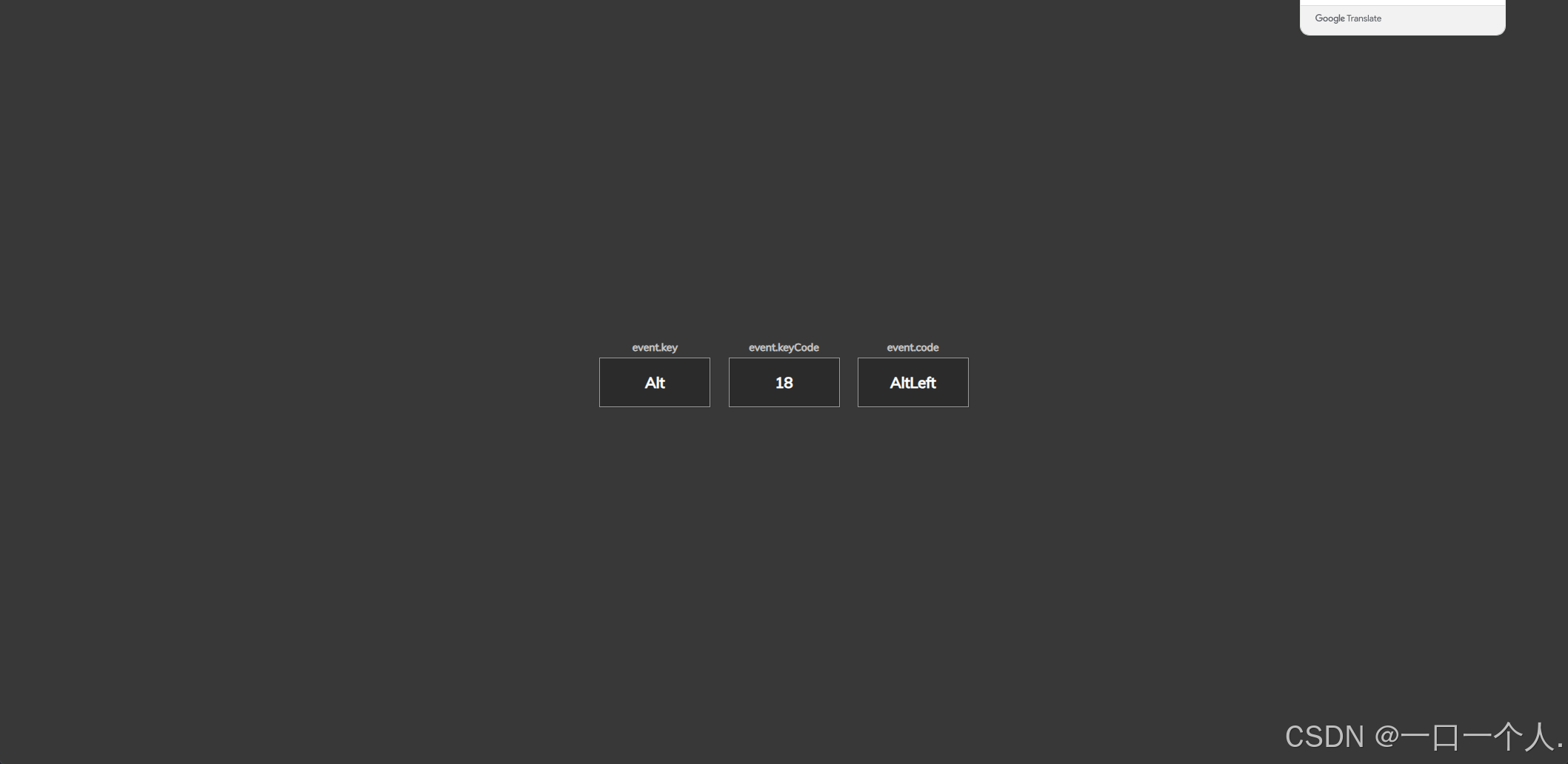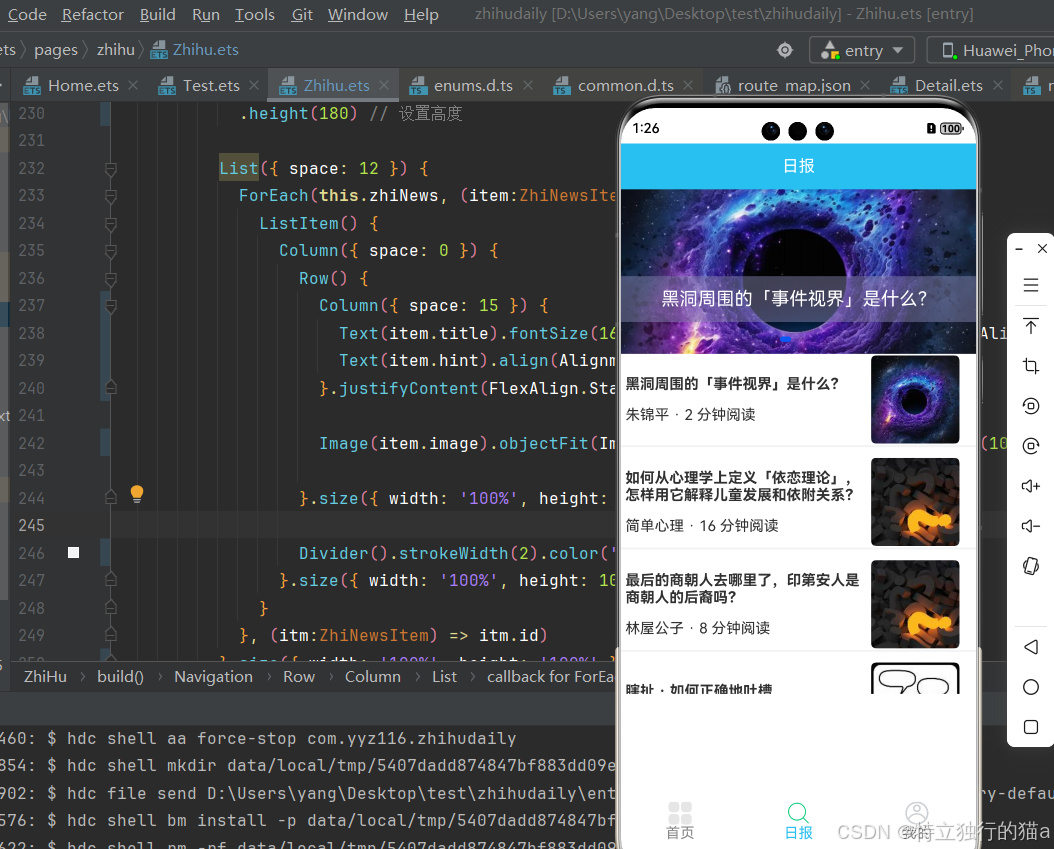目录
1. 为什么要有动态内存分配
2. malloc和free
2.1 malloc
2.1 1 malloc 申请空间和数组的空间有什么区别呢?
2.2 free
3. calloc和realloc
3.1 calloc
3.2 realloc
4. 常⻅的动态内存的错误
4.1 对NULL指针的解引⽤操作
4.2 对动态开辟空间的越界访问
4.3对⾮动态开辟内存使⽤free释放
4.4 使⽤free释放⼀块动态开辟内存的⼀部分
4.5 对同⼀块动态内存多次释放
4.6 动态开辟内存忘记释放(内存泄漏)
5. 题⽬1:
5.2 题⽬2:
1. 为什么要有动态内存分配
int val = 20;//在栈空间上开辟四个字节
char arr[10] = {0};//在栈空间上开辟10个字节的连续空间
但是上述的开辟空间的⽅式有两个特点:
• 空间开辟⼤⼩是固定的。
• 数组在申明的时候,必须指定数组的⻓度,数组空间⼀旦确定了⼤⼩不能调整 但是对于空间的需求,不仅仅是上述的情况。
有时候我们需要的空间⼤⼩在程序运⾏的时候才能知 道,那数组的编译时开辟空间的⽅式就不能满⾜了。 C语⾔引⼊了动态内存开辟,让程序员⾃⼰可以申请和释放空间,就⽐较灵活了。
2. malloc和free
2.1 malloc
void* malloc (size_t size);
这个函数向内存申请⼀块连续可⽤的空间,并返回指向这块空间的指针。
• 如果开辟成功,则返回⼀个指向开辟好空间的指针
。 • 如果开辟失败,则返回⼀个 NULL 指针,因此malloc的返回值⼀定要做检查。
• 返回值的类型是 void* ,所以malloc函数并不知道开辟空间的类型,具体在使⽤的时候使⽤者⾃ ⼰来决定。
• 如果参数 size 为0,malloc的⾏为是标准是未定义的,取决于编译器。malloc的头文件是<stdlib.h>
那么malloc如何开辟和使用呢?
#include <stdio.h>
#include <stdlib.h>
int main()
{
int* p = (int*)malloc(10 * sizeof(int));//malloc 默认的,类型是 void 所以得强转
if (p == NULL)
{
//空间开辟失败
perror(malloc);
return 1;//return返回1 是异常的
}
//成功就可以使用
int i = 0;
for (i = 0; i < 10; i++)
{
*(p + i) = i + 1;
}
return 0;
}
当我们把十个数字都进去 ,会是怎样的呢?

2.1 1 malloc 申请空间和数组的空间有什么区别呢?
1.动态内存大小可以调节,
2.开辟的空间不一样,还记得前面给大家说的 局部变量,全局变量的存放吗?
忘了的话也没关系,我在给大家复习一下。

大家应该有所理解了吧。
当然上面的代码还是不是很完善,malloc需要加上free 把内存空间释放。
2.2 free
C语⾔提供了另外⼀个函数free,专⻔是⽤来做动态内存的释放和回收的,函数原型如下:
void free (void* ptr);
free函数⽤来释放动态开辟的内存。
• 如果参数 ptr 指向的空间不是动态开辟的,那free函数的⾏为是未定义的。
• 如果参数 ptr 是NULL指针,则函数什么事都不做。
malloc和free都声明在 stdlib.h 头⽂件中。
我们看看free 在内存中如何实现的。
#include <stdio.h>
#include <stdlib.h>
int main()
{
int* p = (int*)malloc(10 * sizeof(int));//malloc 默认的,类型是 void 所以得强转
if (p == NULL)
{
//空间开辟失败
perror("malloc");
return 1;//return返回1 是异常的
}
//成功就可以使用
/*int i = 0;
for (i = 0; i < 10; i++)
{
*(p + i) = i + 1;
}*/
free(p);
return 0;
}

那么p指向的空间不属于当前程序,但是还可以找到这块空间, 这时候p就是野指针了。
那么有什么方法避免呢?
那就是在free后面 ,加 p =NULL; 就把这个栓起来。

可以发现加上了 p =NULL;真的就释放了
malloc 和free 最好成对使用。
3. calloc和realloc
3.1 calloc
void* calloc (size_t num, size_t size);
函数的功能是为 num 个⼤⼩为 size 的元素开辟⼀块空间,并且把空间的每个字节初始化为0。
• 与函数 malloc 的区别只在于 calloc 会在返回地址之前把申请的空间的每个字节初始化为全 0。
#include <stdio.h>
#incldue <stdlib.h>
int main()
{
int* p = (int*)calloc(10, sizeof(int));
if (p == NULL)
{
perror("calloc");
return 1;
}
int i = 0;
for (i = 0; i < 10; i++)
{
printf("%d ", p[i]);
}
free(p);
p = NULL;

3.2 realloc
realloc函数的出现让动态内存管理更加灵活。
• 有时会我们发现过去申请的空间太⼩了,有时候我们⼜会觉得申请的空间过⼤了,那为了合理的使 ⽤内存,我们⼀定会对内存的⼤⼩做灵活的调整。
那 realloc 函数就可以做到对动态开辟内存⼤ ⼩的调整。
void* realloc (void* ptr, size_t size);
ptr 是要调整的内存地址
• size 调整之后新⼤⼩
• 返回值为调整之后的内存起始位置。
• 这个函数调整原内存空间⼤⼩的基础上,还会将原来内存中的数据移动到 新 的空间。
• realloc在调整内存空间的是存在两种情况:
◦ 情况1:原有空间之后有⾜够⼤的空间 ◦
情况2:原有空间之后没有⾜够⼤的空间

情况1
当是情况1 的时候,要扩展内存就直接原有内存之后直接追加空间,原来空间的数据不发⽣变化。
情况2
当是情况2 的时候,原有空间之后没有⾜够多的空间时,扩展的⽅法是:在堆空间上另找⼀个合适⼤⼩ 的连续空间来使⽤,将旧地址数据拷贝到新地址数据,旧地址释放。这样函数返回的是⼀个新的内存地址
int main()
{
int* p = (int*)calloc(10, sizeof(int));
if (p == NULL)
{
perror("calloc");
return 1;
}
int i = 0;
for (i = 0; i < 10; i++)
{
printf("%d ", p[i]);
}
//想要空间变成20字节,
int* ptr = (int*)realloc(p,20 * sizeof(int));
if (ptr != NULL)
{
p = ptr;
}
free(p);
p = NULL;
return 0;
}

4. 常⻅的动态内存的错误
4.1 对NULL指针的解引⽤操作
void test()
{ int *p = (int *)malloc(INT_MAX/4);
*p = 20;//如果p的值是NULL,就会有问题
free(p);
}
4.2 对动态开辟空间的越界访问
void test()
{
int i = 0;
int* p = (int*)malloc(10 * sizeof(int));
if (NULL == p)
{
perror("malloc");
}
for (i = 0; i <= 10; i++)
{
*(p + i) = i;//当i是10的时候越界访问
}
free(p);
}
int main()
{test();
就会出现越界访问

4.3对⾮动态开辟内存使⽤free释放
int main()
{
int a = 10;
int* p = &a;
free(p);
p = NULL;return 0;
}

4.4 使⽤free释放⼀块动态开辟内存的⼀部分
void test()
{
int* p = (int*)malloc(100);
p++;
free(p);//p不再指向动态内存的起始位置
}
4.5 对同⼀块动态内存多次释放
void test()
{
int* p = (int*)malloc(100);
free(p);
free(p);//重复释放
}
4.6 动态开辟内存忘记释放(内存泄漏)
void test()
{
int flag = 1;
int* p = (int*)malloc(10 * sizeof(int));
if (p == NULL)
{
return;
}
if (flag == 1)//如果执行了这里,无法执行后面,那么可能会导致内存的泄露。
{
return;
}
free(p);
p = NULL;
}
int main()
{
test();
}int main()
{
int* p = (int*) realloc(NULL,40);//== malloc (40*sizeof(int ))
if (p == NULL)
{}
return 0;
}
5. 题⽬1:
可以来看看哪里出了问题。
void GetMemory(char* p)
{
p = (char*)malloc(100);
}
void Test(void)
{
char* str = NULL;
GetMemory(str);
strcpy(str, "hello world");
printf(str);
}
void GetMemory(char* p)// 形参是实参的一块临时拷贝
{
p = (char*)malloc(100);
}
void Test(void)
{
char* str = NULL;//因为传的是空指针,
GetMemory(str);//把str的值传过去,
strcpy(str, "hello world");
printf(str);// 最后的结果是程序是崩溃,还存着内存泄露的问题,因为malloc 无法释放。
}那么如何修改呢?
#include <stdio.h>
#include <string.h>
#include <stdlib.h>
void GetMemory(char** p)//一级指针传参,二级指针接受
{
*p = (char*)malloc(100);
}
void Test(void)
{
char* str = NULL;
GetMemory(&str);//把地址传过去
strcpy(str, "hello world");
printf(str);
free(str);//释放空间
str = NULL;
}
int main()
{
Test();
return 0;
}5.2 题⽬2:
char* GetMemory(void)
{
char p[] = "hello world";
return p;
}
void Test(void)
{
char* str = NULL;
str = GetMemory();
printf(str);
}
int main()
{
Test();
return 0;
}这个题目到底能不能运行呢?
 他会打印随机值 ,这是为什么呢,因为在形参使用完后就销毁了,所以传的就是随机值,
他会打印随机值 ,这是为什么呢,因为在形参使用完后就销毁了,所以传的就是随机值,
今天先到这吧 下回再分说



















